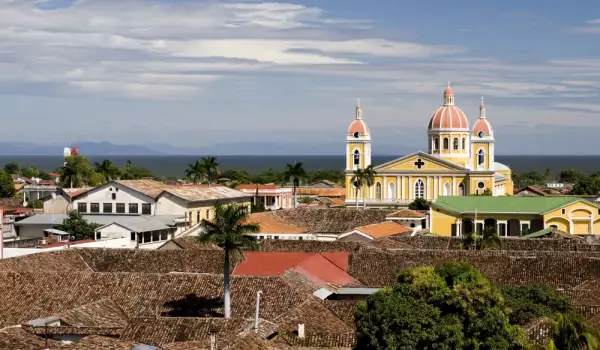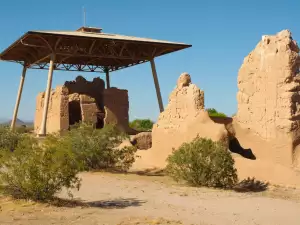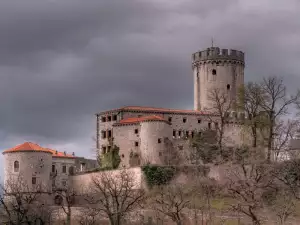Granada

Granada is situated in western Nicaragua. The city is the capital of Nicaragua and has a population of about 110, 000 people. Granada has historical importance and attracts tourists with its beautiful architecture. Granada is the oldest city in Central America.
The town was founded near Lake Cocibolca, known as the Great Lake of Nicaragua. Granada was founded by Spanish conqueror Francisco Hernandez de Cordoba in 1524. This is one of the oldest colonial settlements in Central America. Francisco Hernandez de Cordoba Granada called it by the name of his hometown Granada in Spain.
Residents of the newly founded city earned a living as butchers, soldiers and artists. Most of them had knowledge in various fields of science such as astronomy, botany and medicine. Among the townspeople there were traders.
According to Nicaraguan historian Jorge Eduarde Arellanom the historic home of Granada can be defined as a synthesis of architectural elements. The town was founded after the study of the river San Juan. The purpose of these studies was to find a waterway from the lake to the Atlantic Ocean.
Poets and journalists decided that the poetic name of the city was Sirena, as one part of town overlooking the lake Cocibolca. During the colonial period Granada became one of the most important commercial ports in Central America. At the same time were built many important buildings that followed the architectural principles of the Spanish cities. In the first half of the seventeenth century, through successful trades, Granada became one of the most important cities.

Earthquakes caused by the eruption Momotombo in 1610 destroyed the city of León, twin city of Granada. Thus Granada became the most important city in Nicaragua. At that time the townspeople grew cocoa, tobacco and livestock. Granada was doing business with Cartagena, Guatemala, El Salvador, Panama and Peru.
Prosperity in business via Gran Lago road and San Juan River, and colonial competition in Spain and England, Holland and France, ensured that Granada became a victim of frequent pirate attacks.
In 1670 the pirate Gallardito attacked Granada with his pirate ship. To prevent future similar attacks, the colonial authorities built the castle El Castillo de la Imaculata Concepcion - Castle of the Immaculate Conception. It was built in 1675. The castle helped the city to resist the attacks of pirates and attacks by British soldiers. The British wanted to capture the main route. Although it was a solidly built fort, pirate Frances William Dampier managed to rob the town and burned it in April 1685.
Because of earthquakes in the same year the water level of the river San Juan increased. This event caused a disconneciont between the Atlantic and Lake Cocibolca, which resulted in extensive damage to the economy of Granada. In 1751 Luis Diez Navarro built a fort La Polvora, whose purpose is to protect Granada. In the early nineteenth century, the colonial city had established business relations with the Antilles. This was followed by short periods of war, especially against the Spanish Empire, and against the Mexican government.
In 1855 William Walker declared himself president of Granada, constituted slavery and declared English the official language of the city. He had intended to conquer all the countries of Central America, but when his plan failed, was forced to leave the country.
In the twentieth century Granada lost its political dominance, but remains the most beautiful city in Nicaragua. Among the best places in the town are the square of independence, the church of San Francisco, the old railway station and the bishop’s palace.















